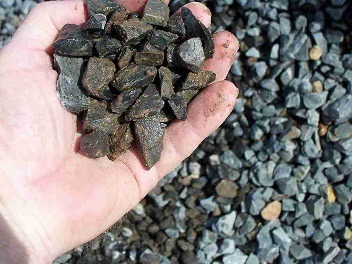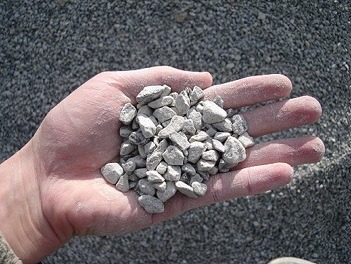Do you want to increase your used concrete pump pressure?
All pumps’ pumping capacity is directly related to the aggregate capacity and the pistons’ strokes per minute. A concrete pump produces the same pressure whether working with its maximum aggregate size or a smaller aggregate.
Increase Used Concrete Pump Pressure
According to statistics compiled, if you require a smaller-sized aggregate for your job’s concrete mix, this will increase your placement costs. This is because more fuel is required to run a larger pump than needed for the job.
Of course, equipment acquisition cost (purchase or rental) will be higher, too. A pump that can handle bigger rock is always more expensive. Since the choice of aggregate size is based on the application, you need to be able to compensate for the aggregate size by making adjustments to the configuration of your concrete pump and its systems.

In an effort to gain more pressure for concrete delivery with the same pump, you can use a smaller pipe than the actual pump’s outlet size. The Fluid Mechanics field of physics explains he principle of using a smaller diameter hose to increase pressure.

But you don’t have to be a physicist to implement a change in your new or used concrete pump pressure. You can accomplish this by placing a reducer in the pump’s outlet to enable connection of a smaller diameter system.
For example, if the pump’s output is 5″, you can place a 5″-to-3″or 5″-to-4″ reducer in the outlet and connect a smaller 3″ or 4″ hose. This will produce higher pressure. Note in the picture of the Schwing WP750 at the right that it has a 5″ outlet reduced to 3″ to enable using a smaller hose.
Use a Smaller Hose to Produce Higher Pressure
You can configure any used concrete pump to have the same pumping capacity no matter what the aggregate size. For smaller aggregate, a narrower pipe will work. Just make sure the pipe size is a few inches less than the pump outlet.
